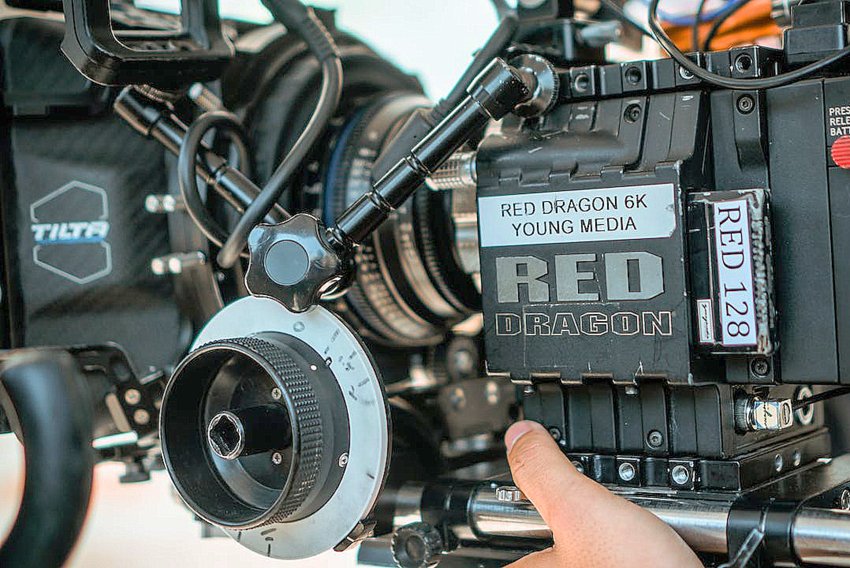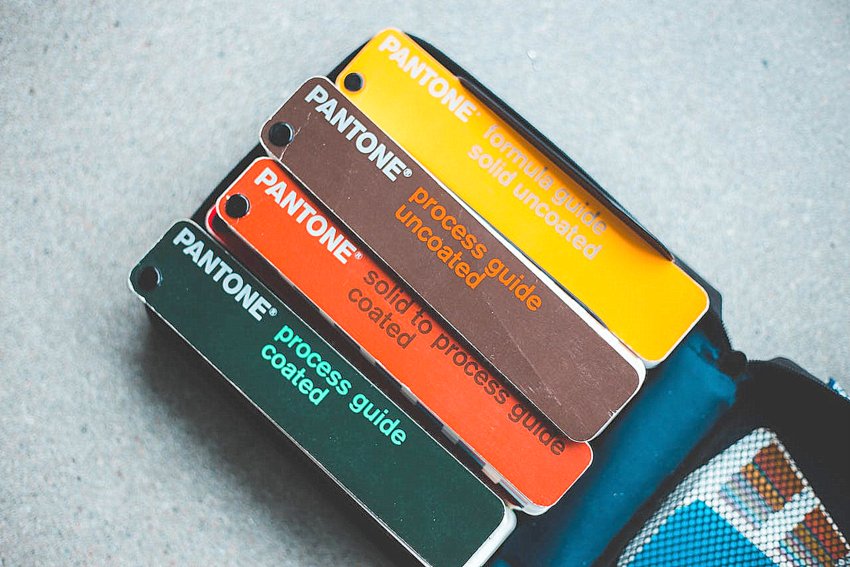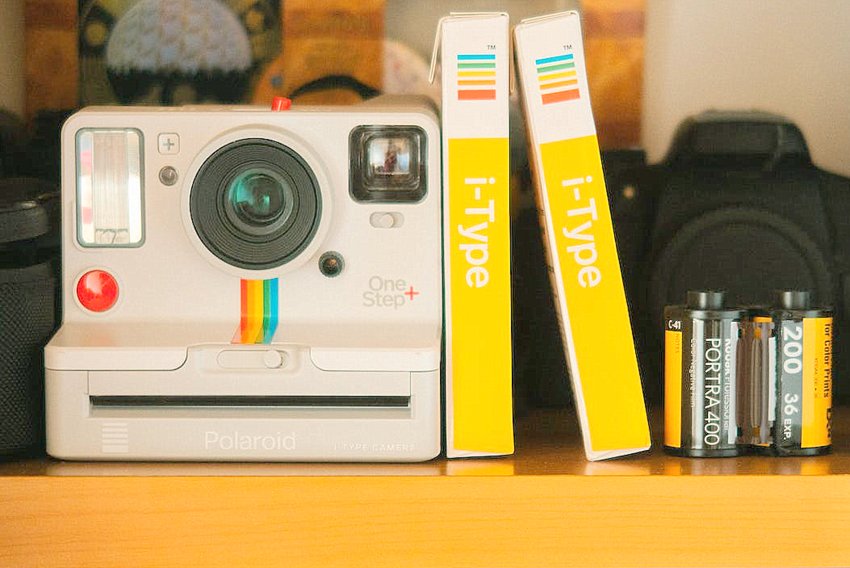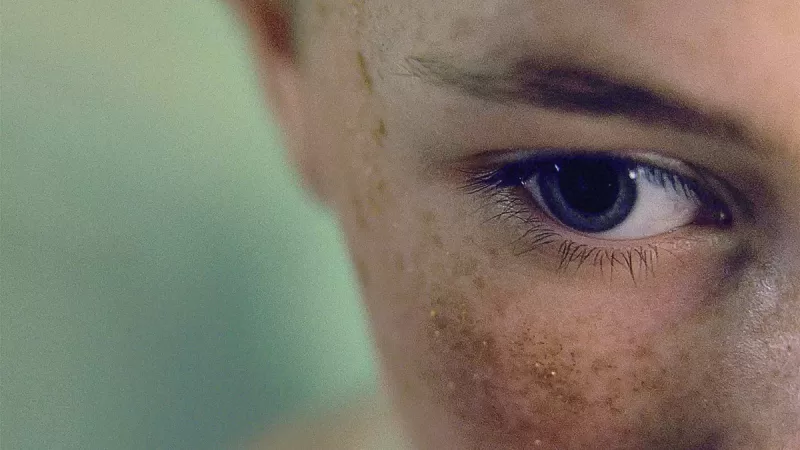
Oladapo Bamidele (February, 1, 2024)—
Understanding or mastering color grading is a powerful tool for filmmakers. It allows you to transform the mood and tone of your film. It enhances the visual storytelling and evoking specific emotions from your audience. With the right color grading techniques, you can take your audience on a journey. A narrative journey from creating a sense of nostalgia to building tension or establishing a futuristic world. We will delve into the art, and science of color grading, exploring how it can elevate the impact of your storytelling and captivate your viewers.
What is Color Grading?
Color grading is the process of altering and enhancing the color of a motion picture, video image, or still image. It plays a significant role in setting the mood and tone of a film. It involves adjusting the color, contrast, saturation, and brightness to achieve a specific visual aesthetic. Mastering Color Grading is necessary for the filmmaking process.
The Basics of Color Grading in Film
In film production, color grading is a crucial step that occurs after the footage has been captured. It allows for the manipulation of colors to evoke specific emotions and create a cohesive visual narrative. By adjusting the color palette, filmmakers can transport viewers to different worlds. Or convey different time periods, and emphasize particular elements within a scene.
Color Grading vs. Color Correction
Color grading should not be confused with color correction. Although the two terms are often used interchangeably. Color correction focuses on adjusting exposure, white balance, and sharpness. This is to ensure a balanced, and accurate representation of the original footage. Mastering color grading goes beyond technical adjustments to enhance the visual storytelling and overall aesthetic of the film.

The Tools of the Trade
In color grading, the tools used play a crucial role. They help in achieving the desired visual aesthetics for film and video projects. It is necessary to understand the common software for color grading. The role of hardware provides insight into the technical aspects of this artistic process.
Common Software for Color Grading
A popular software choice for mastering color grading is DaVinci Resolve, known for its professional-grade features and user-friendly interface. Adobe Premiere Pro also offers robust color grading tools, seamlessly integrated with its video editing capabilities. Additionally, Final Cut Pro X is favored among Mac users for its intuitive color grading functionalities. These software options empower filmmakers and editors to manipulate color and tone, ultimately shaping the emotional impact of their work.
The Role of Hardware in Color Grading
Hardware plays a pivotal role in the mastering color grading process, influencing efficiency and precision. High-quality monitors, such as those from EIZO or ASUS, are essential for accurate color representation and detailed image assessment. Furthermore, powerful graphic processing units (GPUs) significantly impact rendering speeds and real-time playback during color grading sessions. Investing in suitable hardware ensures a seamless color grading experience, allowing for meticulous adjustments and precise visual transformations.


The Science Behind Color Emotions
Color plays a powerful role in evoking emotions and influencing perception. Understanding how colors affect viewers’ emotions is crucial in the art of film production. Different colors have the ability to convey varied emotions and can profoundly impact the audience’s engagement with the narrative. Mastering color grading is a needed tool for the filmmaker.
How Colors Affect Viewers’ Emotions
Colors have a psychological impact on individuals, triggering specific emotional responses. For instance, warm colors like red, orange, and yellow often evoke feelings of warmth, vitality, and energy. Conversely, cool colors such as blue, green, and purple are associated with calmness, serenity, and depth. Understanding these associations enables filmmakers to manipulate the audience’s emotional reactions through strategic color choices within a film’s cinematography and color grading.
Examples of Color Use in Iconic Films
Iconic films have effectively utilized color to convey emotions and enhance storytelling. For example, in “The Shawshank Redemption,” the use of warm, golden tones during the redemption scenes symbolizes hope and freedom. In contrast, the cold, desaturated colors in the prison scenes evoke a sense of confinement and despair. Similarly, in “The Matrix,” the predominantly green color palette signifies the artificial reality, while the blue hues represent the real world. Such deliberate use of color contributes significantly to the emotional impact and narrative depth of these cinematic masterpieces. These choices shows the filmmaker is a master of color grading.

Colors in film are a powerful storytelling tool, capable of eliciting profound emotional responses from audiences and contributing to the overall impact of the narrative. Understanding the science behind color emotions equips filmmakers with the knowledge to craft compelling visual experiences that resonate deeply with viewers.
The Color Grading Process
Color grading or mastering color grading is an essential aspect of filmmaking that involves transforming the mood and tone of a film through color manipulation. This process enhances visual storytelling and creates a unified look for the production. The workflow of color grading typically involves several key steps, including balancing colors for consistency.
The Workflow of Color Grading
The color grading process begins with the import of raw footage into specialized software such as Adobe Premiere Pro, DaVinci Resolve, or Final Cut Pro. Once imported, colorists analyze the footage to determine the desired visual aesthetic in line with the film’s narrative. They make adjustments to individual color channels, brightness, contrast, and saturation to achieve the intended look.
Following this, colorists meticulously fine-tune the color balance, contrast, and overall color tones to evoke specific emotions and convey the desired atmosphere. They may utilize color wheels, curves, and other tools to precisely manipulate each color component within the frame.
Balancing Colors for Consistency
Balancing colors is a crucial aspect of the color grading process, ensuring visual uniformity throughout the film. Colorists work to harmonize the colors across different scenes to maintain a cohesive visual narrative. By adjusting the temperature, tint, and hue of individual shots, they strive to create a seamless flow of colors that supports the emotional arc of the storyline.
Additionally, color grading allows for the correction of any inconsistencies resulting from variations in lighting conditions during filming. This process ensures that the colors appear natural and consistent, enhancing the overall viewing experience for audiences.

By meticulously navigating the color grading workflow and balancing colors for consistency, filmmakers can elevate the visual impact of their productions, effectively immersing viewers in the intended mood and tone of the film.
Creative Techniques in Color Grading
Color grading is an art form that allows filmmakers to manipulate the mood, tone, and visual style of their films. Creative color grading techniques are essential for crafting a visual style with color palettes and using color to enhance narrative and genre.
Crafting a Visual Style with Color Palettes
Crafting a visual style with color palettes involves the strategic selection and application of colors to convey specific emotions or themes. By creating a cohesive color palette, filmmakers can establish a unique visual identity for their films. This process often involves analyzing the emotional impact of different colors and determining how they can be used to evoke specific feelings in the audience. Utilizing warm tones for a nostalgic atmosphere or cool tones for a sense of detachment are just a few examples of how color palettes can be leveraged to establish a distinct visual style.

Using Color to Enhance Narrative and Genre
Color grading plays a pivotal role in enhancing the narrative and genre of a film. The strategic use of color can subtly guide the audience’s emotions and perceptions, reinforcing the storytelling elements present in the film. Whether it’s using desaturated tones for a gritty crime thriller or vibrant, saturated colors for a whimsical fantasy, color grading can effectively reinforce the narrative and genre conventions, creating a more immersive and engaging viewing experience.

Case Studies: Color Grading in Action
When it comes to understanding the impact of color grading on film, case studies provide compelling examples of its transformative power. Let’s delve into two fascinating aspects: transforming day to night and the unique color grading in period films.
Transforming Day to Night
One of the most striking demonstrations of color grading’s capability is the transformation of day scenes into atmospheric night settings. Through color manipulation, a bright and cheery daytime landscape can be converted into a moody, evocative nighttime setting, altering the entire mood of a scene. This technique has been used in various genres, from action films to romantic dramas, to create a sense of intrigue and drama. By adjusting the color temperature and adding subtle tints, a daytime shot can be seamlessly transformed into a captivating nighttime sequence, showcasing the sheer artistry of color grading in filmmaking.
Period Films
Color grading plays a pivotal role in period films, enabling filmmakers to authentically recreate historical eras and evoke a specific time period’s ambiance. Whether it’s the lush, vibrant colors of the 1920s or the sepia-tinted hues of the Victorian era, color grading brings historical settings to life with remarkable detail and authenticity. Through meticulous grading, filmmakers can transport audiences to bygone eras, immersing them in the distinct visual aesthetics of different time periods. This technique not only enhances the visual appeal of period films but also underscores the narrative’s historical context, making color grading an indispensable tool for filmmakers seeking to capture the essence of different time periods.


Challenges and Solutions in Color Grading
Color grading presents a variety of challenges that can impact the overall visual quality of a film. Overcoming common color grading challenges is essential to achieve the desired mood and tone. Additionally, achieving natural skin tones is vital for creating a realistic and visually appealing result.
Overcoming Common Color Grading Challenges
Color grading often involves dealing with issues such as color casts, inconsistent lighting, and mismatched shots. These challenges can disrupt the visual flow of a film and detract from the intended mood and tone. To address this, it’s crucial to use professional color grading software that offers precise control over color adjustments. Additionally, paying attention to color theory and understanding the impact of different color combinations can help in overcoming these challenges.
Tips for Achieving Natural Skin Tones
Achieving natural skin tones is essential for creating a lifelike portrayal of characters in a film. It’s important to start with properly exposed footage and ensure that the white balance is accurately set during filming. When color grading, subtle adjustments to the skin tones can be made using selective color correction tools. Utilizing reference images of natural skin tones as a guide can also be beneficial in achieving a realistic and flattering look.

The Future of Color Grading
The Impact of Technology on Color Grading
With the rapid evolution of technology and culture, the landscape of motion imaging is undergoing a transformation. The proliferation of motion images being captured and distributed globally is at an all-time high, promising an upward trajectory for color grading. However, a significant portion of this content is being produced at a rapid pace, with little emphasis on visual refinement. Despite this, the future of color grading appears promising as new tools for crafting polished images are on the horizon, offering better, faster, and more cost-effective solutions to content creators. Furthermore, while the professional color grading market share may be diminishing, the overall demand for quality color work is on the rise as the content market continues to expand. This presents an opportunity for creators to distinguish their work through superior color grading, addressing the need for visual differentiation in a flooded content landscape.

Color Grading for Various Screen Types
The rise of artificial intelligence (AI) and machine learning is poised to revolutionize the color grading landscape in the coming decades. These technologies are expected to automate various tasks traditionally performed by human operators, such as correction, balancing, and quality control. As a result, software integrated with AI and machine learning capabilities will increasingly handle these tasks swiftly and with enhanced precision. This shift signifies that colorists will be valued not solely for their technical proficiency, but for their ability to apply nuanced creative skills that transcend the capabilities of automated systems. As AI and machine learning continue to reshape the color grading process, the role of colorists will evolve to focus on higher-level creative input, emotional intelligence, and storytelling prowess to deliver truly exceptional and impactful color grading outcomes.
Conclusion
Understanding color grading is an essential skill for filmmakers looking to evoke specific emotions and create a distinct visual tone in their films. By adjusting color, contrast, and brightness, filmmakers can transform the mood and atmosphere of their footage, enhancing the storytelling and engaging the audience on a deeper level. With the right techniques and tools, filmmakers can bring their creative vision to life and make a lasting impact through the power of color grading.
Did this press release inform you? Would you like to comment on Mastering Color Grading: Elevating Your Film’s Mood and Tone? If you do, we would respond. Do let us know your thoughts if you have any suggestions. So hit us up on Facebook, Instagram! or Twitter.
INDIE ACTIVITIES
Escape by Howard J. Ford stars Sarah Alexandra Marks from Saban Now Out on VOD
Actress Sarah Alexandra Marks stars of a Saban action/thriller titled Escape
Andre Royo to Deliver Keynote Address at Beyond Hollywood Int’l Film Festival Awards Night
Andre Royo is at Beyond Hollywood Int’l Film Festival Release April 28th, 2024
CLODAGH Directed by Portia A. Buckley is an Official Selected Short at Cleveland
CLODAGH has been selected for the prestigious Cleveland International Film Festival
Stargazer by Alan McIntyre. A Spellbinding Tale of Science, Seduction and Betrayal Debuts April
Stargazer Gets Digital Debut for North American VOD Platforms and DVD on April 30, 2024
Day Labor by R. Ellis Frazier, Action Thriller Gets May Release
Freestyle Digital Media Acquires Action Thriller “Day Labor” For May Release






